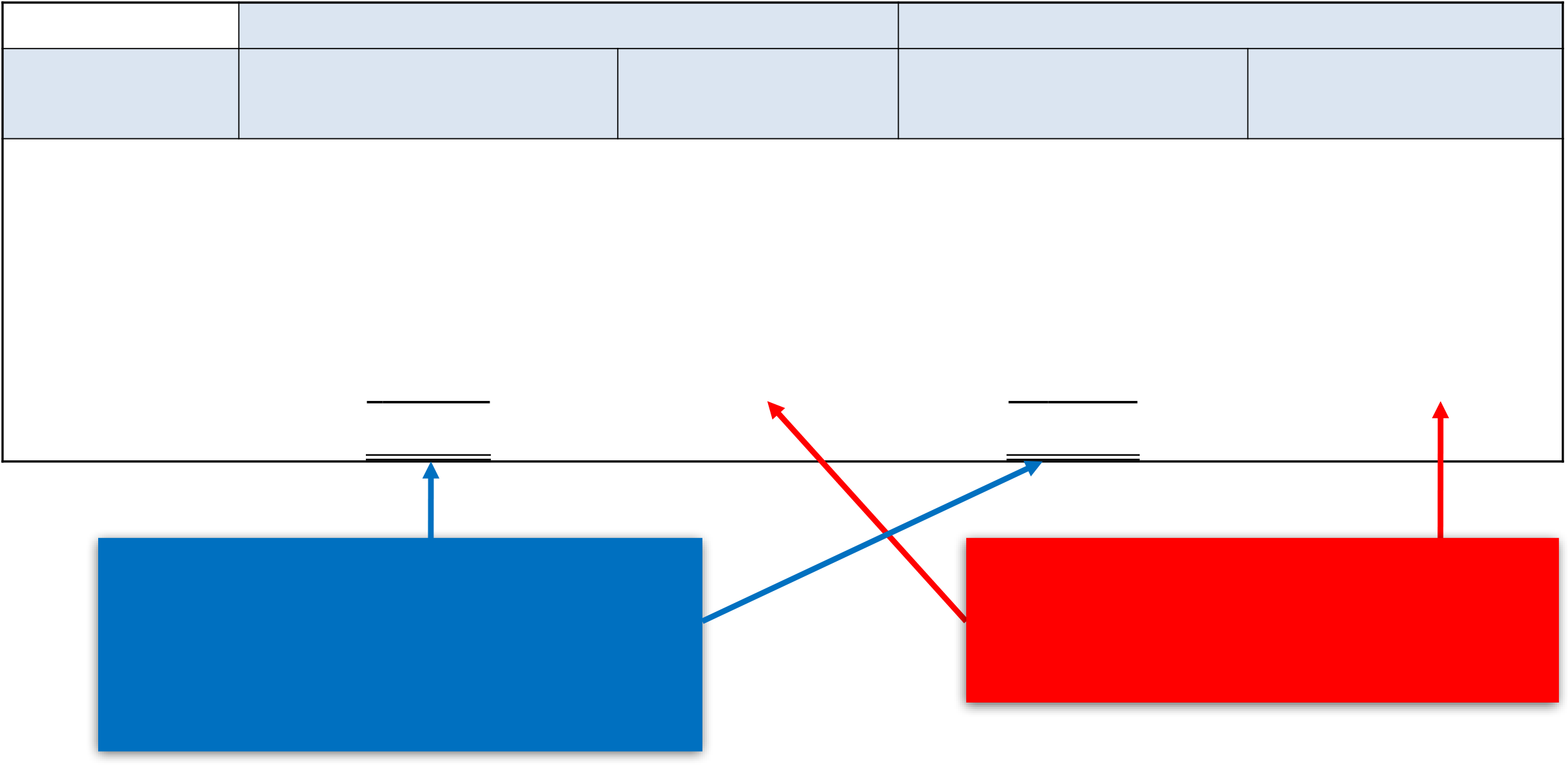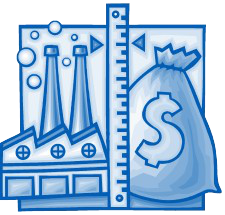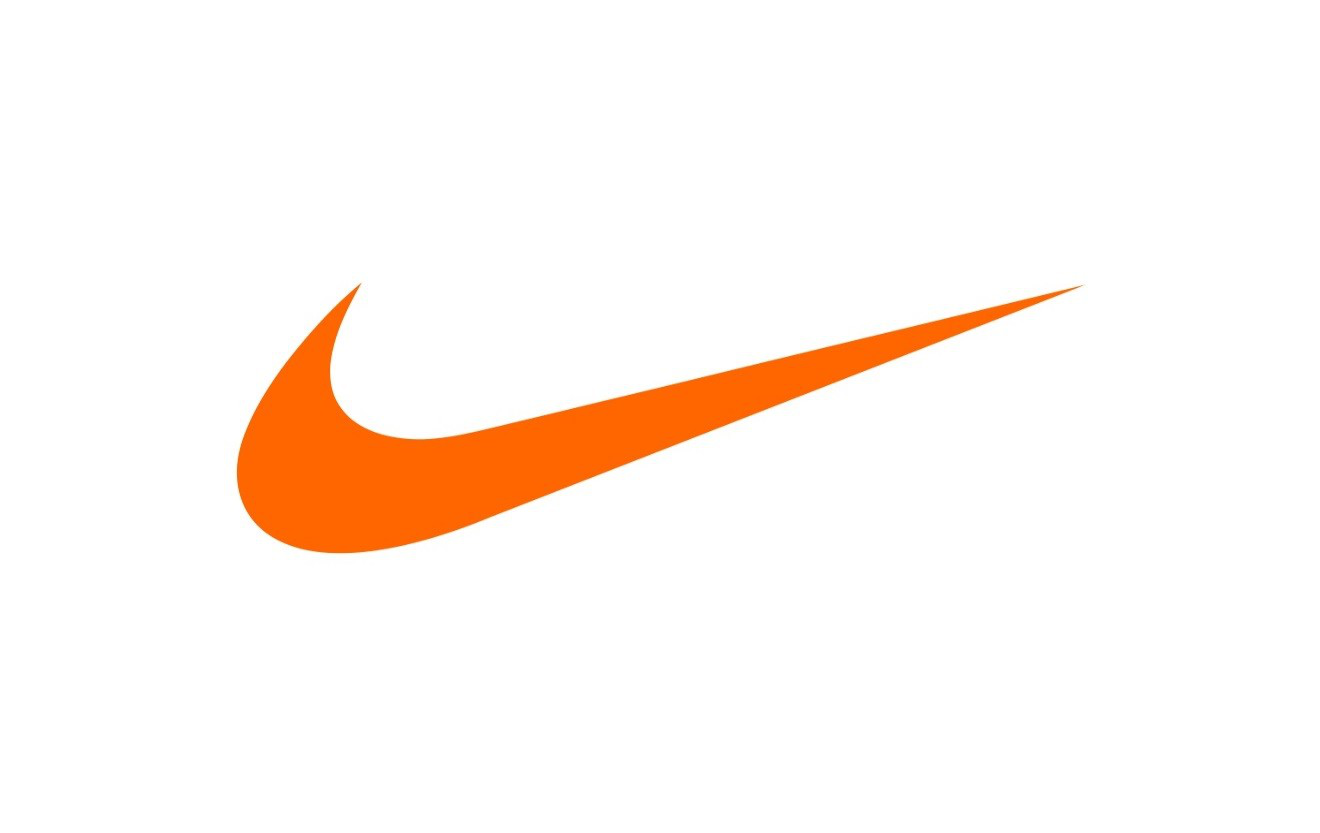Remove the cost the disposed asset from the balance sheet asset account
Reporting and Analyzing Long-Term Operating
Assets
|
2 |
|---|
Two common characteristics:
Acquired for the purpose of producing and delivering
| 4 |
|---|
Tangible Assets
Have physical substance
Usually include land, buildings, machinery, fixtures and equipmentIntangible Assets
Have no physical substance
Provide the owner with specific rights and privileges Include trademarks, patents, copyrights
| Jan. 31, 2019 |
|
|---|
Property and equipment:
| $12,760 | ||
|---|---|---|
| (5,682) |
|
|
|
$7,078 |
Determine which costs to
capitalize and report as assets and which costs to expense.
©2020 Cambridge Business Publishers
Characteristics that expenditures must possess to be capitalized:
1. The asset must be owned or controlled by the company.
Constructed Assets
When assets are constructed by a company for its own use, capitalized costs should include:
| 10 |
|---|
Improvement or betterment
Consist of outlays that enhance the usefulness of the asset or extend the asset’s useful life beyond the original expectation Costs should be capitalized Routine repairs and maintenance Expensed in the period incurred
|
|---|
| 1) |
|---|
| Balance Sheet | Income Statement | |||||
|---|---|---|---|---|---|---|
|
||||||
|
| (1) |
|
|
13 |
|---|
|
|||||||||||||||||
|---|---|---|---|---|---|---|---|---|---|---|---|---|---|---|---|---|---|
|
|
14 |
|---|
Plant Assets on the Balance Sheet
|
|
|

Apply different depreciation
methods to allocate the cost of assets over time.
Residual Value
The expected realizable value of the asset at the end of its useful life
Also known as salvage value
Can represent the scrap, disposal, or resale value©2020 Cambridge Business Publishers 17
Equal expense each year
Double-declining-balance method
©2020 Cambridge Business Publishers 18
Straight-Line Depreciation—Example
Depreciation expense = Depreciation base x
Double-Declining-Balance Depreciation—Example
Tanner Enterprises purchased a delivery truck for $80,000, and
Comparing Depreciation Methods Because double-declining-balance is an
accelerated method, the 


expense in the early years’ of life is larger than in its latter
| Year | at End of Year | Depreciation Expense |
|
|
| 1 | $14,400 | $65,600 | $32,000 |
|
| 2 | 14,400 | 51,200 | 19,200 | |
| 3 | 14,400 | 36,800 | 11,520 | |
| 4 | 14,400 | 22,400 | 6,912 | |
| 5 | 14,400 | 8,000 | 2,368 | 8,000 |
|
|
|||
methods.
Depreciation expense = Actual units of service x
Changes in Accounting Estimates


Estimates of useful lives and residual value are made when assets
are acquired
When necessary, companies can change estimates Changes are applied
prospectively
i.e., only to future accounting periods
Tanner Enterprises decided to extend the useful life of the truck from 5 to 7 years after completing 4 years of service. Straight-line depreciation is used. (Note that the residual value estimate does not change.)
Step 1:Determine the book value at the date of estimate change.
|
|
|---|
©2020 Cambridge Business Publishers
Gains and Losses on Asset Sales
|
|||
|
26 |
|
27 |
|---|
3. Record the proceeds as an increase in cash (i.e., debit the cash account).
4. Record the gain (credit) or a loss (debit) on the income statement.
| 3) |
|---|
| (3) | 25,000 | 29 | ||
|---|---|---|---|---|
| (3) | 57,600 | |||
|
80,000 | |||
|
2,600 | |||
| Cash (A) | ||||
| Truck (A) | ||||
| 80,000 |
|
2,600 (3) | ||
| ©2020 Cambridge Business Publishers | ||||
Asset Impairments
Impairment Analysis of Long-Term Assets
| 31 |
|---|
Recording an Asset Impairment
The impairment write-down reduces assets by the amount of the write-down and a loss is recognized on the income statement.
Analysis of asset write-downs present two potential challenges:
Insufficient Write-Down
| 33 |
|---|
IFRS Reporting Insight
A Single-step process is used.
©2020 Cambridge Business Publishers 34
Walmart’s Footnote Disclosure


| Depreciation | 35 | |
|---|---|---|
| Method | ||
|
PPE Turnover (PPET)
Measures how efficient management utilized its plant 

Applying the PPE Turnover ratio to Procter & Gamble:
|
|---|
Comparison of PPE Turnover PPE Turnover at P&G and a Competitor:
|
37 |
|---|
Percent Depreciated
Measures the percent of a company’s operating 
assets that have been depreciated.
| Percent | ||
|---|---|---|
|
||
| Cost of depreciable Applying the Percent Depreciated ratio to P&G: asset* | ||
2016: $20,481 / $36,391 = 56.3%
Percent Depreciated
Percent Depreciated for Procter & Gamble and a
|
|||||
|---|---|---|---|---|---|
©2020 Cambridge Business Publishers 40
Percent Depreciated
Percent Depreciated for companies in different
Cash Flow Effects
Acquisition of plant or equipment
Reported as a use of cash in the investment section of the statement of cash flows
Cash received from asset sales
Reported as a source of cash in the investment section of the statement of cash flows
| Jan. 31, 2019 | |
|---|---|
|
|
©2020 Cambridge Business Publishers
Intangible Assets
|
|
|---|
©2020 Cambridge Business Publishers 44
Accounting for Intangible Assets
Benefits provided by intangibles are uncertain and difficult to quantify
Useful life often impossible to estimate with confidence
Accounting for costs of patents
If purchased from another company
Capitalized and amortized
If developed internally
Only legal costs and registration fees are capitalized and amortized
Can be acquired
Cost is capitalized and amortized over the expected remaining economic life
| 47 |
|---|
slogan that is associated with a product
Accounting for costs of trademarks
The NIKE Trademark
®
What is a franchise right?
A contractual agreement that gives the right to operate a
*Source: http://www.thefranchisemall.com/franchises/details/11138-0-moes_southwest_grill.htm
Straight-line method used most often
Amortization expense reported on the income statement as part of operating income
| 1) |
|---|
the year to purchase a patent. The patent has a remaining
legal life of 10 years, but the management at Moe’s believe
|
||||||
|---|---|---|---|---|---|---|
| 2) |
|---|
the year to purchase a patent. The patent has a remaining
legal life of 10 years, but the management at Moe’s believe
| (2) | 16,000 | 53 | |
|---|---|---|---|
| (2) | 16,000 | ||
|
|||
|
16,000(2) | ||
| ©2020 Cambridge Business Publishers | |||
Considered to be impaired if the book value of the asset exceeds its fair value
Write-down equal to:
Management determined the trademark’s fair value was $40,000 and its book value was $62,000.
$80,000 ÷ 5 years = $16,000
|
|||||||||||||||||
|---|---|---|---|---|---|---|---|---|---|---|---|---|---|---|---|---|---|
|
Goodwill
 |
Purchase of | |
|---|---|---|
|
||
| Company A |
Subject to impairment of value
©2020 Cambridge Business Publishers 56
| Learning Objective | 6 |
|---|
Analysis Implications
Hidden assets
Makes comparison of companies difficult for users
Publishers
www.cambridgepub.com








